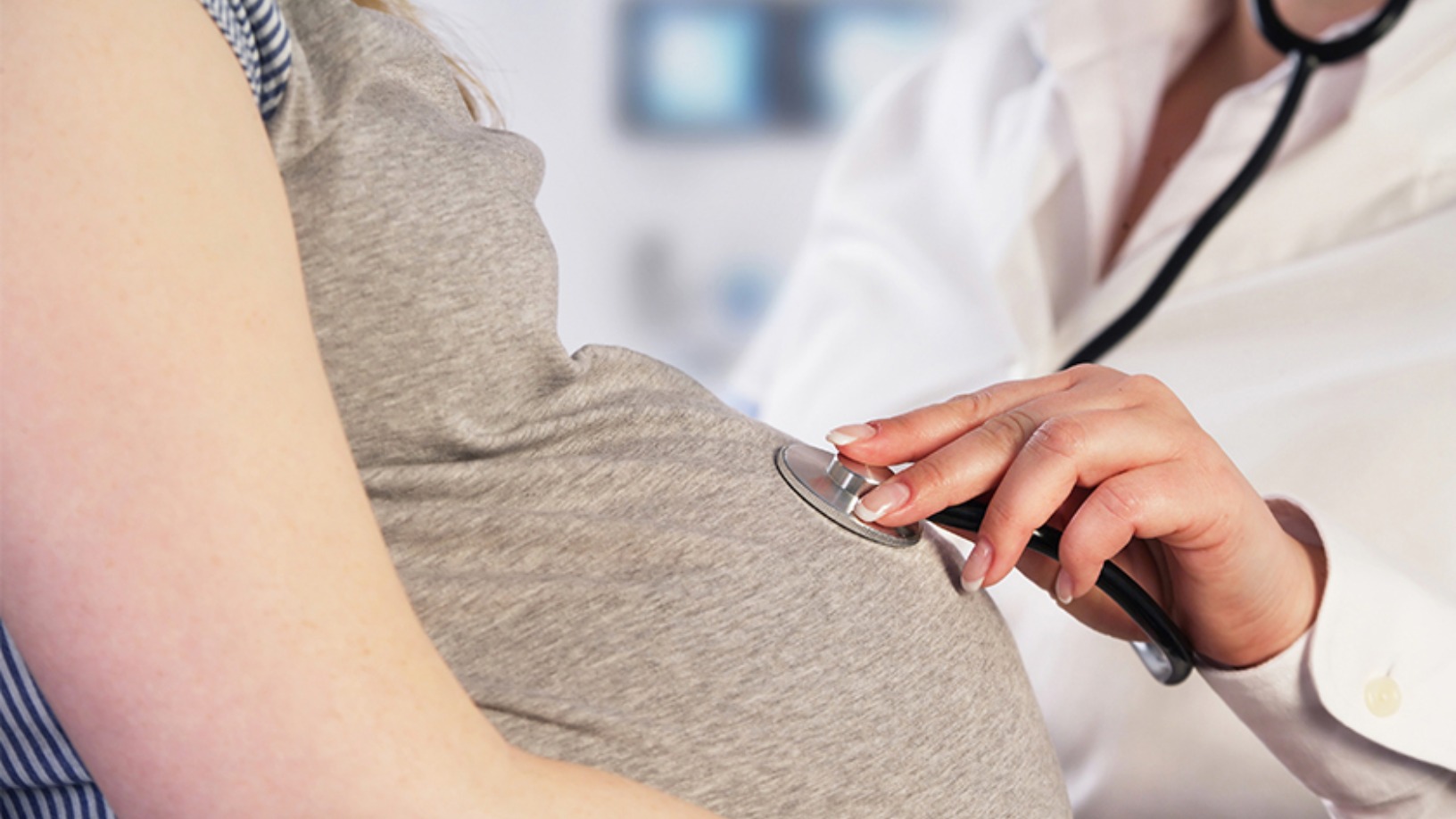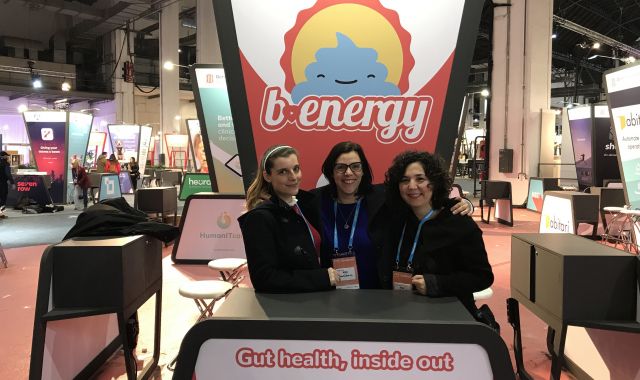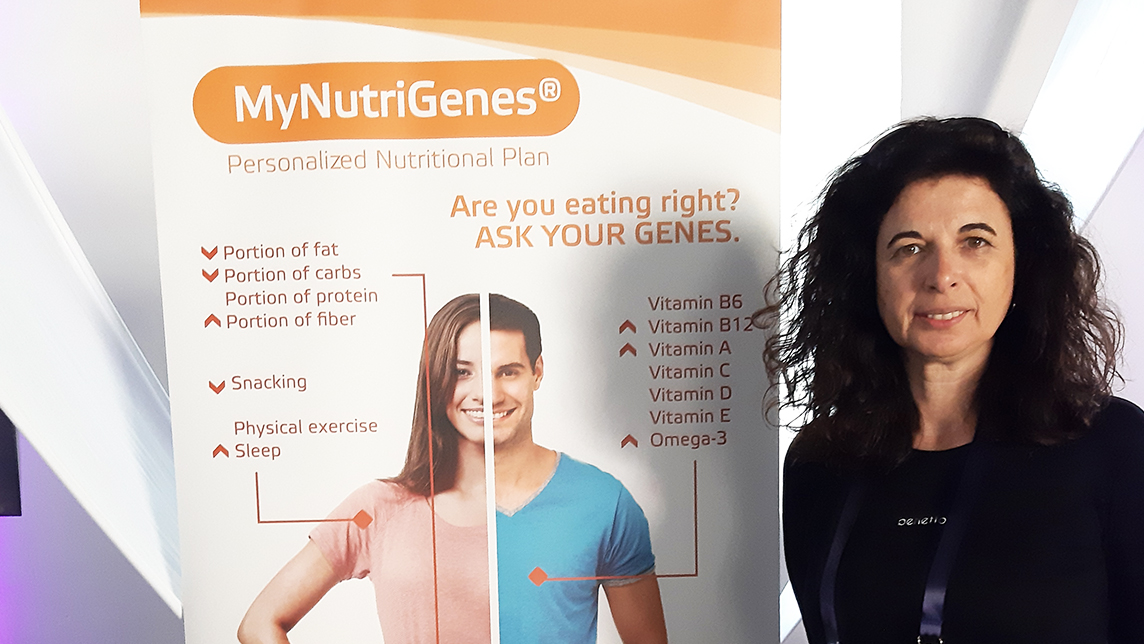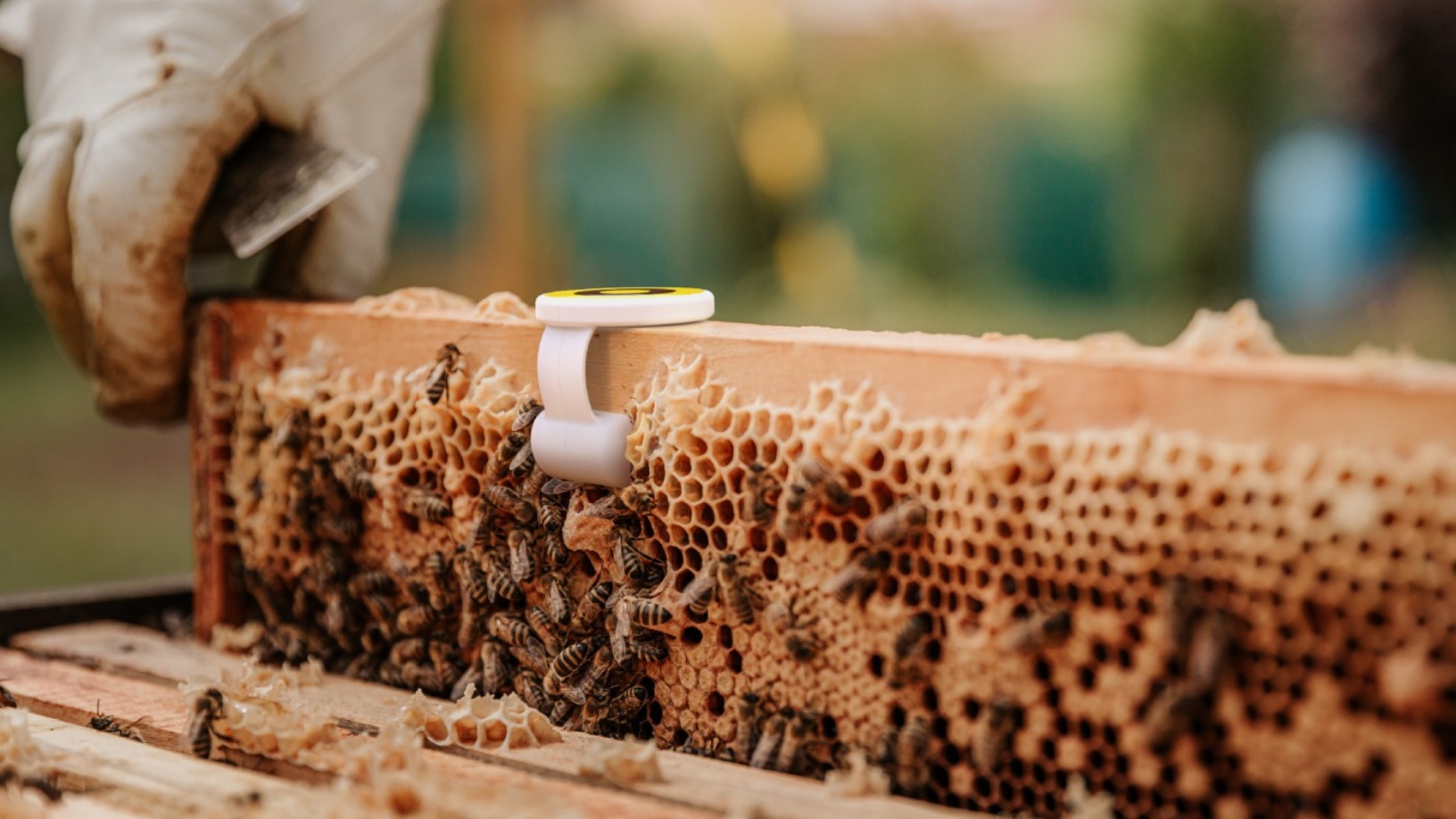The pioneering femtech WOOM has to date helped more than 61,000 women in the Spanish-speaking world conceive naturally via its AI algorithms and non-tech assistance, without any technical or invasive procedures.
The four-year-old startup with more than 1m registered users and a recently-launched English-language version has just attracted an additional €2m in post-seed funding from lead investors Bulgarian VC Brightcap Ventures and new Netherlands-based Begin Capital. Unnamed angel investors and Crowdcube investors also participated in the round.
Founders Laurence Fontinoy and Clelia Morales identified the need for a smart-tech fertility aid when they discovered that 20–25% of couples have difficulty trying to have a baby. In Spain, the average age of women becoming pregnant is 32–33 years old, higher than the average age of 30 across Europe. Lifestyles are becoming more stressful and fast-moving; diets have also changed.
“We are focused on accompanying women throughout their reproductive life starting with monitoring their periods, the quest for a baby, pregnancy, post-natal care and the menopause,” WOOM’s Communications Manager Daisy Rosas Cedeño wrote in an email in June in response to CompassList’s queries. “We use products with a clear data science and machine learning focus that works with predictive algorithms geared to the different stages of each woman's lifetime.”
The WOOM user uploads her data to the app to create 40 personalized biometric and lifestyle parameters, which help to optimize each attempted conception by giving advice on diet, exercise and biological signals. The app’s AI-driven predictive algorithms also process the data to compute a detailed fertility cycle, like a “dynamic calendar,” to produce the best conception times with tailor-made fertility-boosting tips to suit each individual – all to help users conceive more quickly.
Professional doctors were involved in the development of the algorithms to define optimum fertility times and the daily probabilities of pregnancy during each cycle. The algorithms learn from the data uploaded for each particular cycle, modifying the results accordingly to calculate and predict the next best conception times with increasing accuracy.
The booming femtech sector is predicted to be worth $48.5bn globally by 2025. In 2016, women in Spain achieved almost 140,000 assisted pregnancies, the highest in Europe.
Female-focused model
The Madrid-based team has been busy conducting research during the coronavirus pandemic, having just completed a study on the effects of the ensuing lockdown confinements on WOOM users, in terms of the sleeping habits, motivation to get pregnant and other factors. The successful fundraising comes amid a recession sparked by the Covid-19 pandemic, with the medtech sector being one of a handful of verticals still attracting investments.
Before, WOOM raised over €1.5m in pre-seed and seed funding, mainly from male angel investors and well-known tech companies like Glovo, Cabify and the SeedRocket accelerator. The femtech’s two leading female investors include Venture City’s Laura González- Estéfani and Seaya Ventures’s Beatriz González. A Series A funding round is likely to be launched in 2021, about 18 months after May’s funding round.
Honduran-born Morales is an international marketing expert, having worked in New York and London before moving to Spain. Originally from Belgium, Fontinoy spent seven years at Google as Regional Country Market Manager for Spain and Portugal. The two women met while working at eBay in Madrid. Fontinoy was its marketing and communications director for Spain, while Morales was head of EU Social Media and head of marketing for France, Italy and Spain.
Both founders, who had personally experienced fertility problems before, left their high-flying jobs to focus on developing WOOM in 2015. They were selected for the SeedRocket accelerator where they met their first angel investors. In 2016, the startup became a category winner at Ship2B B-Ready accelerator’s health and wellness program.
WOOM’s fertility app was officially launched in July 2016 and over 500 pregnancies were reported by WOOM app users by March 2017. Seed funding of €480,000 was secured from angel investors and TheVentureCity accelerator. Three months later, WOOM was selected to join Google’s acceleration program Campus Residency in Madrid.
By 2018, a total of 33,500 women had conceived using WOOM, while revenue that year reached €400,000 – in its first year of monetization. The company’s B2B SaaS services cater mainly to female-oriented corporations like medical insurers, pharmaceuticals, hospitals and FMCG manufacturers.
Also in 2018, the company was recognized by Forbes in its list of “Women-led startups who are shaking up tech across the globe,” and interviewed by Spain’s state-run news channel RTVE. It secured additional seed funding of €900,000 led by accelerator TheVentureCity and VC Toro Ventures.
Wealth of women’s health data
Today, WOOM has a major foothold in Spanish-speaking communities, with over 1.6m downloads mainly from Spain – where the company said the app supported 5% of national births – Argentina, Chile, Colombia, Peru, Mexico and the Spanish-speaking market in the US.
Its recently launched English-language app will be focused mainly at the US market and extended to other English-speaking markets in Europe and Asia. A B2C business model will be launched early next year.
Additional staff will be recruited to expand the platform’s data science and machine learning capabilities and develop new products to offer the full spectrum of predictive tech for women's reproductive health. Apps for monitoring menstruation cycles, pregnancy, post-natal care and menopause will be released within two years.
So far, WOOM has only a handful of direct competitors worldwide.
“We use more scientific data, for example, biometric parameters like anti-mullerian hormone (AMH), results of seminogram tests and one algorithm that is influenced by cervical mucus,” the company told CompassList.
WOOM also runs a highly active online community, with 35,000 users exchanging information and tips including touching on usually little-discussed subjects like sex. Partners of WOOM users are also offered tailor-made content geared to their needs.
According to the company’s founders, WOOM’s online community is essential for sharing tips because “users can speak freely about any subject and feel accompanied throughout the entire process.” The chat feature also enables users to engage with medical experts like gynecologists and sex therapists who may also offer fertility treatments at special prices.
“The analysis and study of the 40 parameters offer a great scientific and informative opportunity for women's health and wellness ecosystem companies,” Rosas wrote. “Never before have we been so close to creating an unprecedented impact on society and health via agile digital tech systems.”














